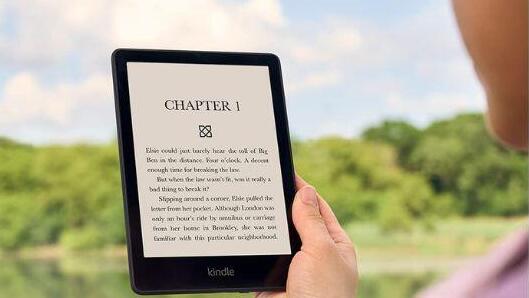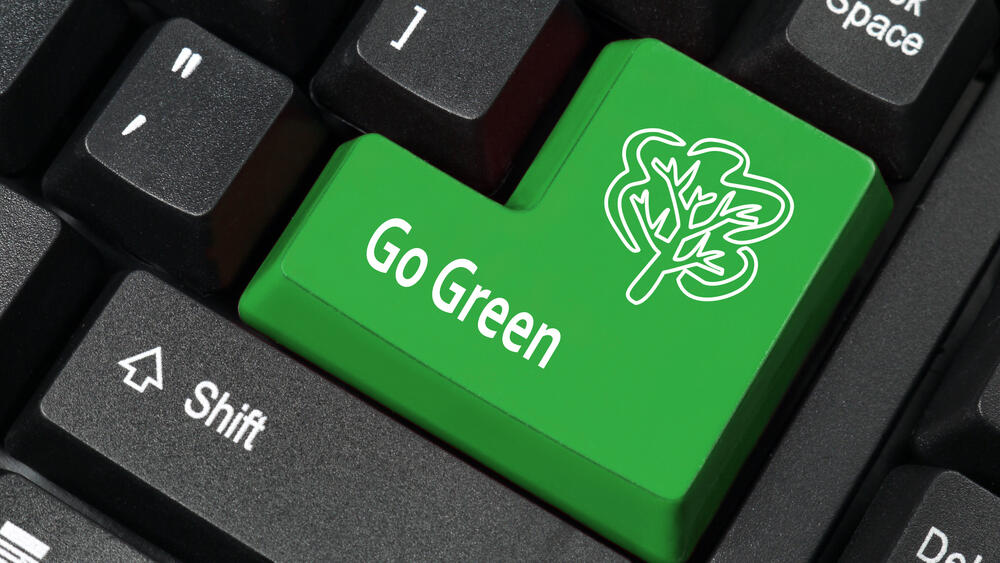Getting your Trinity Audio player ready...
“Homo sapiens is a storytelling animal that thinks in stories rather than in numbers or graphs” - so wrote Yuval Noah Harari at the beginning of his book “21 Lessons for the 21st Century”. Storytelling is a fundamental aspect of our human nature, with tales being passed down from generation to generation, from father to son, from mother to daughter, since the dawn of humanity.
Other stories:
About 5,000 years ago, a major technological shift in the realm of storytelling occurred with the invention of cuneiform writing, which allowed humans to express in written form everything that they could previously convey orally. Testament to this, ancient scrolls and books that relay diverse narratives have been discovered all over the world.
For thousands of years, these scrolls and books were accessible only to affluent or educated individuals. Their accessibility to the general public changed with the printing revolution in the 15th century, when Johannes Gutenberg invented the printing press, thus enabling the mass production of printed books quickly and cost-effectively.
About 15 years ago, the digital revolution introduced us to the electronic reader (e-reader), a device specifically designed for viewing and reading books. Surprisingly, even with the advent of digital reading devices, printed books continue to dominate the book market. According to the American Publishers Association, only about 10% of all books sold in the United States are digital books, even fewer are audiobooks, with the majority being printed books.
How Do Digital Books Work?
The screens of digital books are different from those of televisions or computers. Anyone who’s ever read text from a computer or tablet screen knows that after a few hours, their eyes can become “tired”. Computer and television screens emit blue light, which can be harmful to the retina of our eyes. Additionally, sunlight or neon lights can create unwanted reflections on the screen. Computer and television screens, such as LCD screens, are composed of thousands of pixels. Each pixel contains three cells with filters in red, green, and blue, and by combining these three primary colors, any desired color can be created and displayed on the screen. Color is determined by a change in an electric field that causes different amounts of light to pass through each of the three cells that make up the pixel. Thus, a certain and defined color is created in each pixel, which may differ from those of the other pixels. All the colors that reach our eyes from all the pixels create the complete image on our screen.
Unlike computer and television screens, e-reader screens use a technology called electrophoretic display. In this technology, each pixel is composed of a tiny capsule filled with a transparent fluid and small particles of two types - white ones with a positive charge and black ones with a negative charge. These capsules are positioned between two electrodes. When an electric field is activated in one direction, only the white particles move up toward the screen, creating a white dot; when an electric field is applied in the opposite direction, only the black particles move toward the screen, creating a black dot. The sum of the dots on the screen creates a display of text in black and white.
This technology has two major advantages. Firstly, it is an energy-efficient method since the only energy required is to move the particles from one place to another. Therefore, as long as the content displayed on the screen remains the same, no additional energy is required. Secondly, these screens do not emit light but rather scatter light from the environment, similar to paper. As a result, they are more convenient to read, cause less eye strain, and can be read even when direct sunlight is shining on them.
The Carbon Footprint of Books
A single e-book reader can enable us to read as many books as we want. There’s no need to cut down trees to produce paper or transport physical books, which requires fuel consumption. At first glance, this appears to be an unparalleled green technology. But is it really so? Are digital books really environmentally preferable?
There is no definitive answer to this question, as it depends on the reading habits of each individual. To discuss this, it is important to understand how the environmental impact of printed books compares to that of digital books. One way to do this is by measuring the carbon footprint, which is the total greenhouse gas emissions of a person, factory, country, or process of producing a product, measured in weight units of of carbon dioxide (CO2). Research in this field has shown that the carbon footprint of a single book printed on paper is 7.5 kg of CO2, while the carbon footprint of an e-book reader is 168 kg of CO2. This means that producing an e-book reader results in emitting 22.5 times more CO2 than producing a printed book. Therefore, a person who reads more than 23 books on their e-book reader will have a lower carbon footprint in terms of CO2 emissions than someone who reads physical books.
Resources and Water
Another way to assess the environmental impact of printed books and digital books is by examining the extent of natural resource consumption. The printing industry, which relies on paper, involves cutting down many trees - trees that are important for maintaining a proper balance of oxygen and carbon dioxide in the atmosphere, thereby slowing down global warming. However, in recent years, a significant portion of the paper used by the printing industry comes from trees specifically grown for this purpose, and when they are cut down, new ones are planted in their place.
Moreover, the printing industry also consumes large amounts of water (about 8 liters of water per printed book), and since it uses toxic substances to bleach the paper, color it with ink, and bind the pages together, it is responsible for polluting about 600 million cubic meters of water per year. However, the production of an electronic book reader also requires many natural resources. To produce a single e-reader, about 15 kilograms of mineral ores are needed, from which rare elements such as tantalum and cobalt are produced. These elements are necessary for the production of electronic components and batteries. In addition, e-reader production causes pollution of approximately 300 liters of water.
It is evident that both electronic book readers and printed books consume many natural resources and contribute to pollution. While the production of a single e-reader requires 40 times more water than that required to produce a printed book, as well as rare elements that must be extracted from the ground, it not involve the cutting down of trees. Furthermore, one e-reader can be used to read thousands of books, reducing the need to produce new books continually.
Options for Recycling
The discussion becomes slightly more complicated when considering the option of recycling printed books versus e-book readers. Every few years, a new version of e-book readers is released to the market, and many users want to upgrade to the latest version. When an e-reader is thrown away, it is defined as electronic waste, which is toxic and pollutes the soil, water, and air with substances such as lead, selenium, cadmium, and plastic particles. Although our ability to recycle electronic waste is improving over time, it is still a costly and complicated process. Printed books, on the other hand, can serve for decades, and their recycling is much simpler.
It should be noted that the discussion is not limited to these two options. Books can also be borrowed from public libraries, where each book can serve hundreds of different people.
Therefore, both the production of printed books on paper and the production of e-book readers consume many natural resources and harm the environment. If we examine the impact on the environment in terms of carbon dioxide emissions and water pollution, one e-reader is equivalent to 20-40 printed books. Moreover, the production of e-readers requires metals and rare elements. Thus, when comparing the environmental impact of e-readers versus printed books, it's essential to consider the number of books that a single user is interested in reading before replacing their e-reader. If you're planning to use an electronic reader to read 40 or more books, then it is a “greener” option than buying and reading 40 printed books.





